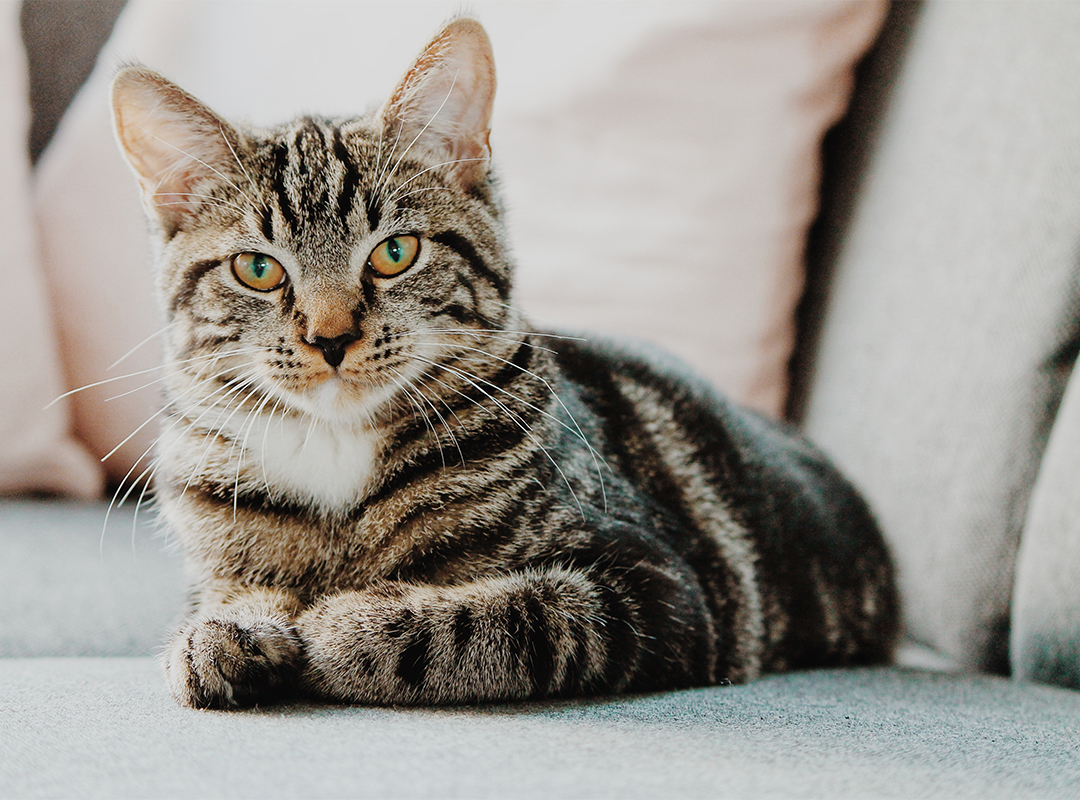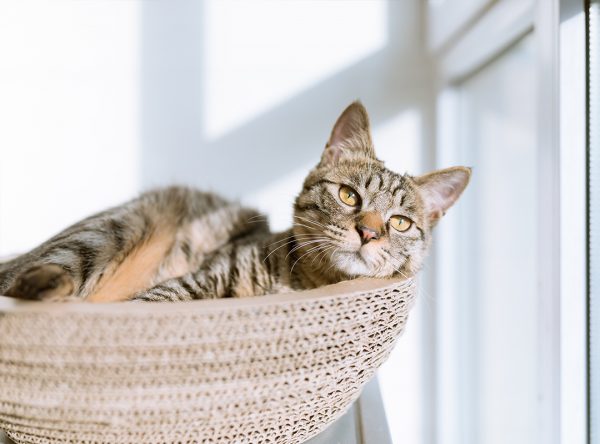12.09.2018 (Research)
Tenants with Tails
Tenants with tails can often be forgotten or unfairly discriminated against by designers, body corporates and investors. We decided to sink our paws into the reasons why this occurs within residential buildings to see what we could do to understand this better.
We spoke to the building managers of two recently-completed, Ellivo-designed residential tower projects, who stated that over 60% of their apartments had a ‘tenant with a tail’. Both buildings were more investor-driven, and the number of apartments being rented out was quite high. We then started to look at the Australian population as a whole – it revealed that over 60% of homes have a furry friend. Further research into pets and renting found that in 2016 the Residential Tenancies Authority, “… estimated about 30% of pets [were] surrendered to the RSPCA because of their owners’ changed living arrangements, which included moving into rental properties where pets are not allowed.”

We circulated informal questionnaires to building managers and pet owners to understand the pros and cons of allowing pets in rental properties and apartments. We asked building managers what their main objections might be, and all came back with similar answers: issues with damage, maintenance and/or noise. On the flip side, pet owners were asked if they would move into a multi-residential building, and potential barriers were; no backyard, inadequate apartment sizes, the size of their pet and body corporate by-laws. Security, and the ability of the pet to access to external balconies and fresh air were other concerns that were mentioned by both parties.

Although these issues may be barriers, there are also many potential benefits to allowing pets. Considering that 60% of homes have a furry friend, opening properties to allow pets increases the market for owners, landlords and tenants. Local suburbs and parks have the potential to be more activated if pets were allowed in multi-residential buildings, which in turn increases socialisation within the building and the community. Another benefit to pet ownership is that, according to the RSCPA “…pets are such positive influences on our lives that … Australian ownership of cats and dogs saved approximately $3.86 billion in health expenditure over one year”.

With all these findings considered, there are many ways we as designers, investors, building managers and residents can better cater for tenants with tails. Some things to be considered in the design include: more durable material selection, secure access to balconies (including dog doors), installation of ceiling fans to ensure adequate ventilation and cooling within apartments and including a communal off-leash area. Most importantly, the body corporate needs to be educated so that they understand how the design of the building may allow for pet ownership.